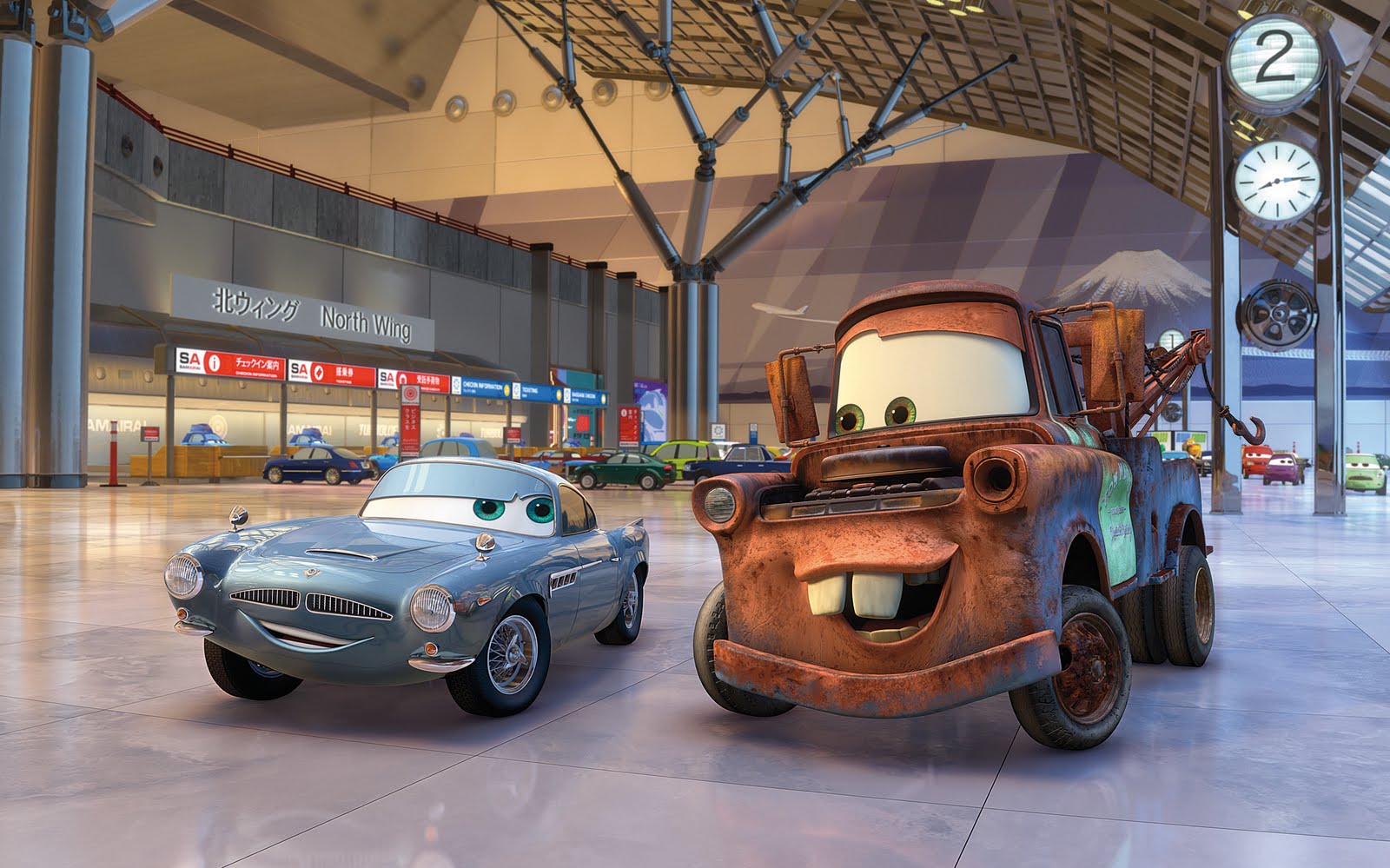Starring: James Franco, Andy Serkis, John Lithgow, Freida Pinto
In 2001, Tim Burton revamped the Planet of the Apes saga with a remake of Franklin J. Schaffner's 1967 classic; he also seemingly cremated it... Marky Mark Wahlberg (thankfully now emerging from a bout of seriously poor decisions) proved no match for Charlton Heston and his loincloth.
So it remained that with Twentieth Century Fox's decision to dig up the once-unstoppable series (the original spawned four sequels and a television show), one couldn't help but question why. Well to begin with, this was to be - not a sequel to Burton's butchering or, worse another remake in a time obsessed with the blighters - but a prequel. A wise, extremely savvy decision. Another reason for excitement emerged through the adeptly-conscious decision to employ Brit Rupert Wyatt, unheard of by the masses but silently respected due to little-seen indie The Escapist - a similar fashion bravely launched by Warner Bros for their Chris Nolan Batman reboot in 2005. Somewhat surprisingly, the dividends paid then are as present here: yes, the clunkily-titled Rise of the Planet of the Apes (and breeeathe) is prophetically the unlikely success story of 2011.
Amidst the gaggle of sequels and out-and-out reboots, it is pleasing to notice the addition of a freshly produced prequel that breathes new life into an intriguing universe. That isn't to say that there are no references to previous outings, with more than enough knowing nods to excite the die-hards and tantalise the first-timers. The plot, as you may have guessed, pits the initial rise of those damned dirty apes. Focus is on young ape Caesar who is brought home and raised by Dr. Rodman (Franco), a scientist who uses monkeys in an attempt to discover a cure for his father's alzeihmers (a genuinely affecting John Lithgow, doing damn well to shed his Dexter induced Trinity Killer image). This causes Caesar to inhabit signs of enhanced intelligence, a problem as he grows larger and naturally more aggressive. Being handed a large budget has proved no issue for Wyatt, with set-pieces impressing (a montage sequence of Caesar's evolution particularly dazzling), however Rick Jaffa and Amanda Silver's script is weighed down by scientifc hocum-pocum and expendable characters, troublesome as tension mounts. Thankfully, this is more than compensated for in action - which leads nicely onto the film's highlight: Andy Serkis, proving once and for all that Weta's motion capture (used famously by Serkis himself for Lord of the Rings' Gollum and King Kong, as well as Avatar's Na'vi) is more worthy of an acting statuette than most annually nominated. With every pang of Caesar's anger at a volatile neighbour confronting his owners or despair at being left behind in a primate facility with a vicious Tom Felton (destined to never play a nice guy) for company, as an audience it is strongly felt. Wyatt embraces everything Serkis brings to the role paving the way for several scenes where silence prevails and the monkeys are left to interact through movement: enticing, heart-warming and damn refreshing - these scenes contain more substance than any you will see all year.
This is where the film soars. So much so, unfortunately that as the film reaches its jaw-dropping hectic climax, there is some confusion as to who you are supposed to be rooting for (although it's quite clear who you will be). Luckily, this does not deter from the enjoyment of a rebooted franchise that has against all the odds just reached its prime(ate).
This is where the film soars. So much so, unfortunately that as the film reaches its jaw-dropping hectic climax, there is some confusion as to who you are supposed to be rooting for (although it's quite clear who you will be). Luckily, this does not deter from the enjoyment of a rebooted franchise that has against all the odds just reached its prime(ate).
Not only will apes be rising, but ticket sales too.
4/5
4/5
Readmore...



